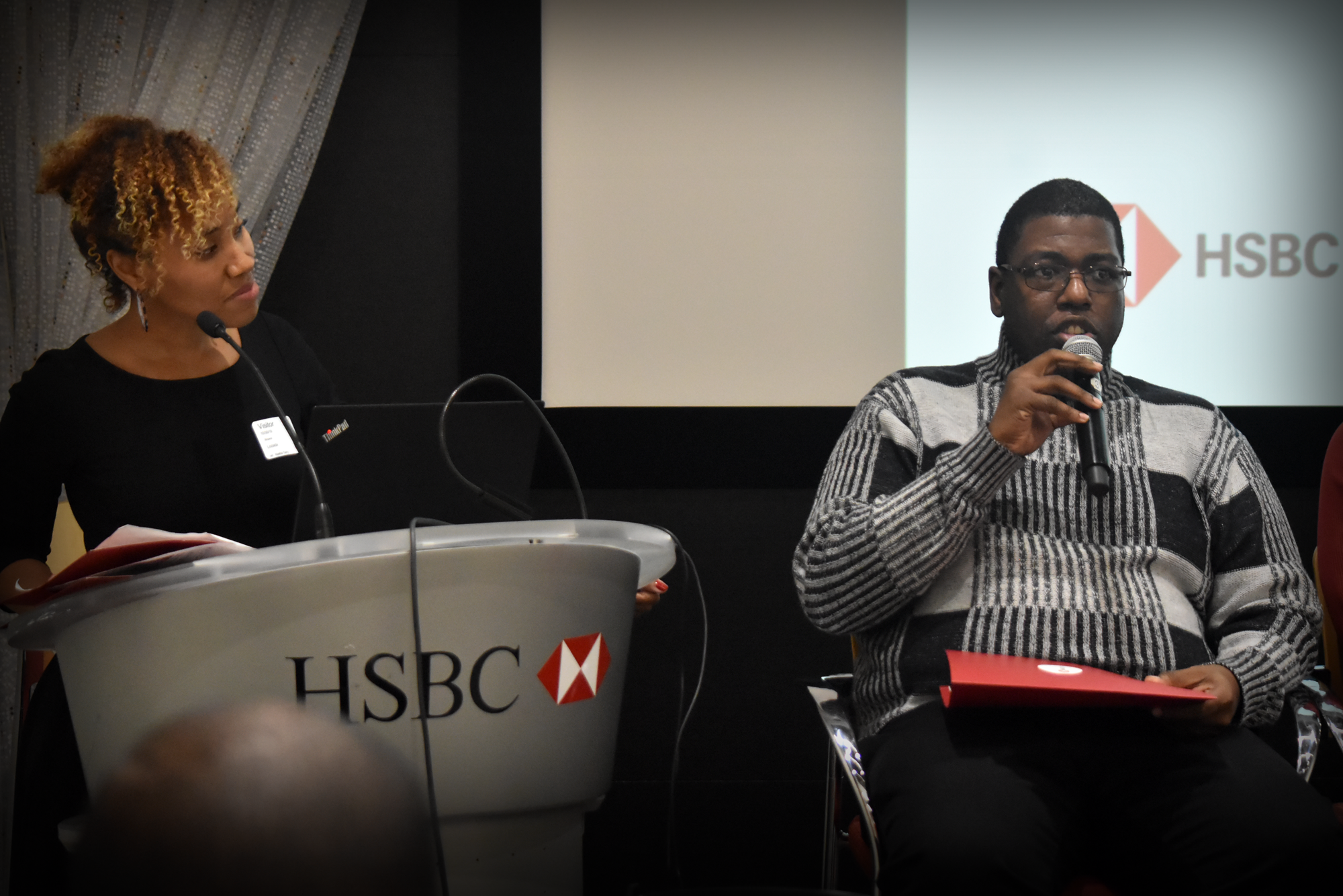Asante Breland says that society didn’t make it easy for him to be his most authentic self for the first part of his life. Gay people faced discrimination and shame in his experiences, making him afraid to admit his truth, even to himself.
“I watched a lot of stuff happening around me—people are rough on the LGBT community,” he said. “But I felt that I couldn’t deny it any more for myself—it was time.”
At age 30, Asante came out to his closest friends and family. To his great relief, he was as embraced as he’s always been by his loved ones.
“My mom was shocked, and it took her a while to get used to it, but she’s in my corner 100%,” Asante said. “I was so scared to tell my dad because he’s in military. But he said, ‘You’re my child—I would never deny love to my child.’ They just want me to be happy.”
While Asante’s family support and understanding is most welcome, the absence of sexual health and education for people with disabilities is more common. Their life experiences often involve intersectionality, confronting issues such as gender identity, race, and disability.
“I have experienced my fair share of racism and discrimination as a black gay man,” Asante shared. “People just treat you differently and it was especially hard when I was younger and unsure of myself.”
Advocating for LGBTQ People with Disabilities
Now 44, Asante lives in an AHRC New York City supported apartment. He and his partner are hoping to bring their homes together soon. Along with his extensive and active employment history, Asante hopes his life is a model for other people identifying as LGBTQ, people with intellectual and developmental disabilities, and BIPOC.
“I’m gay. I have my own disabilities. And I do have a partner and I would love to move in with him and live on my own again. I would like to show other people with disabilities that it is possible.”
Asante now frequently advocates for himself and others in formal and informal settings, including at rallies in support of disability rights. He wants to find a balance between supportive staff interactions and an individual’s right to privacy.
“I recently did a panel at Hostos Community College about privacy and people with disabilities,” he explained. “People with disabilities mostly live in congregated settings and are not integrated in the community, so they have issues starting relationships because of their living situations, and sometimes, some staff members aren’t as supportive as they could be.”
Asante hopes he can provide to others what he now realizes he could have used earlier in his journey. “I felt alone when I first came out,” he said. “I wish I would have been able to find someone to talk to earlier in life. If you’re straight, you just won’t understand the need to learn how to fit in after coming out the closet like that. You need to talk to people who have been there before.”
“Human First”
One place where Asante felt welcomed was at the Alliance for Positive Change, where he took a six-week class to become a peer educator. He frequently worked with people diagnosed with HIV/AIDS.
“I know a lot about the virus, the medicine, what’s good for your health when you are infected,” he said. “If a person with HIV is taking their medicine properly, they are undetectable [meaning they cannot transfer the virus to others]. Everybody needs love. They go through so much when just trying to find love. It’s a shame, I’ve seen it. They’re human first. They have feelings and people don’t act like they even have feelings.”
Asante says that culture plays a role in helping assuage misconceptions about gay people and people living with HIV/AIDS. He is currently writing a narrative story about a gay NYPD officer, inspired by his love of primetime police and medical procedurals.
“I don’t want [readers] to see a gay character—I want them to see a professional that happens to be gay,” he explained. “It might help people become braver about coming out of closet.”
To help see that bravery through, Asante hopes to be the influence on young LGBTQ people with disabilities that he felt he needed.
“Young people want to be heard and there aren’t enough people listening. I want to be one of those listeners—I want to sit down and talk to the people that are struggling so they can feel like they are heard.”
Interested in learning more or getting involved with Project SHINE?
Visit the official Project SHINE website for more information.
Related Stories
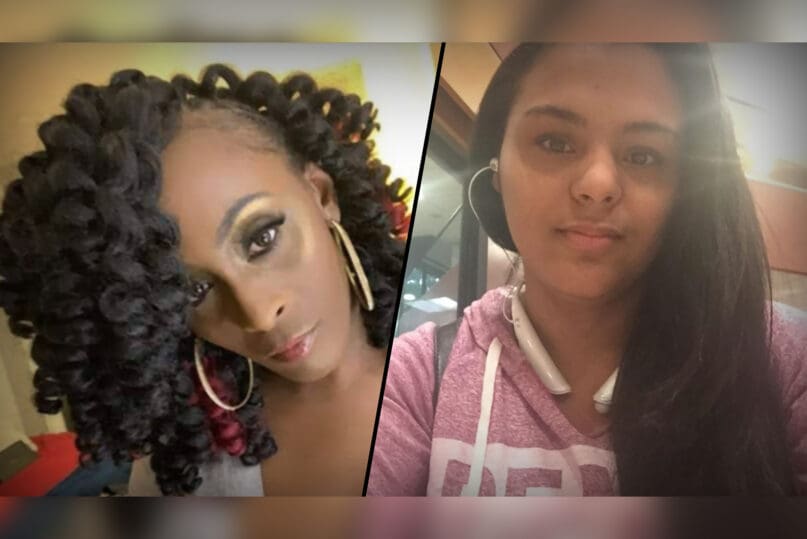
Project SHINE: A Conversation About Sexual Health, Independence, and Education
Self-advocates supported by AHRC NYC programs spoke candidly about their experiences with sexual health & education.
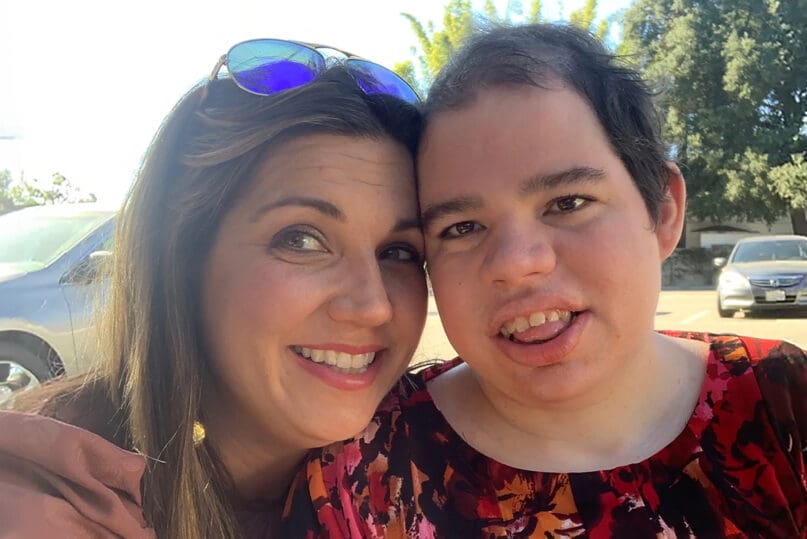
Project SHINE: Highlighting The Natalie Project
A sibling is spurred to action & advocacy after her sister experienced trauma & abuse from a caregiver.
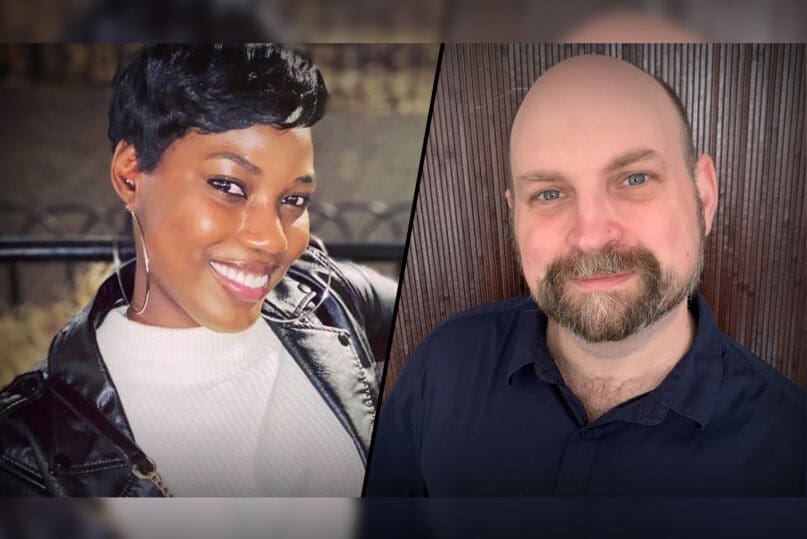
Introducing Two Project SHINE Advisory Board Members
AHRC NYC’s Tanika Marshall & Jason Conover were selected to serve on the Project SHINE Advisory Board.

AHRC New York City is proud to continue its work as part of the Project SHINE network.
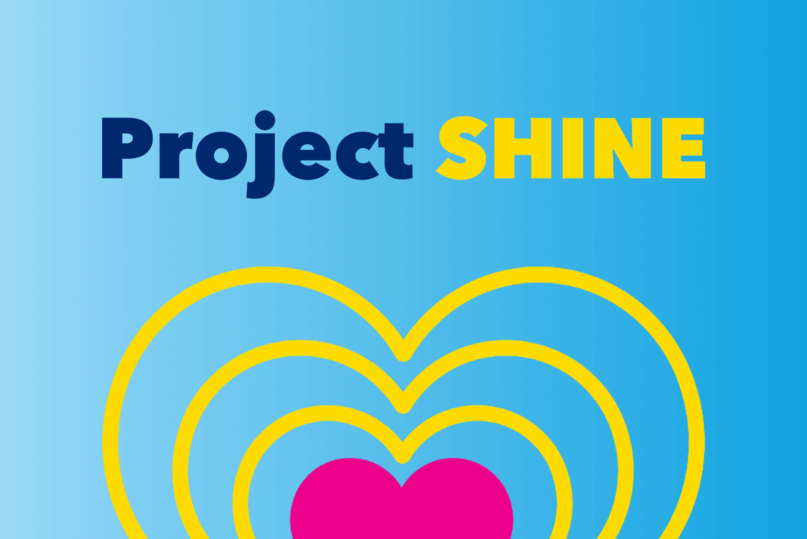
Project SHINE: Overcoming Trauma as a Person with Autism
A survivor shares her story about overcoming a traumatic sexual experience, gaining support and advice from trusted sources, and realizing what she wants for herself.

Project SHINE Highlights a Mother’s Embrace of Her Autistic Child’s Gender Identity and Expression
A family unit impacted by the lack of comprehensive sexuality education in the disability community.
